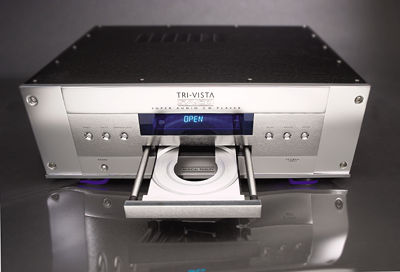
Musical Fidelity Tri-Vista SACD player Measurements
Musical Fidelity Tri-Vista SACD player Measurements

- Read more about Musical Fidelity Tri-Vista SACD player Measurements
- Log in or register to post comments

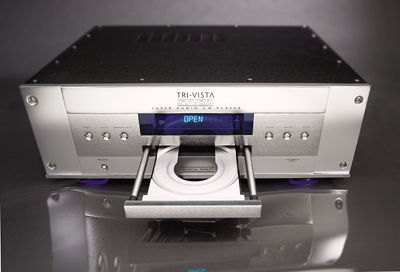
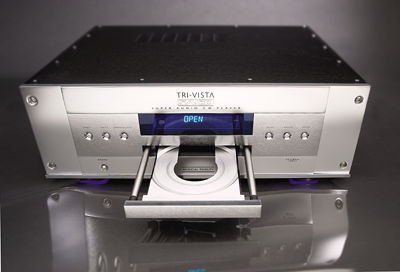
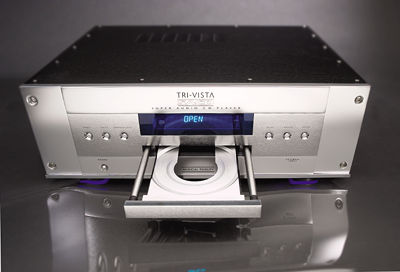
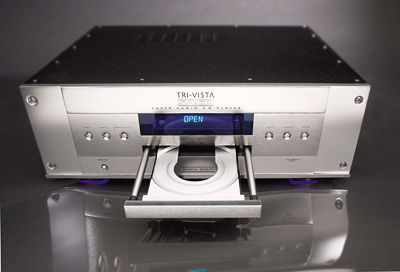
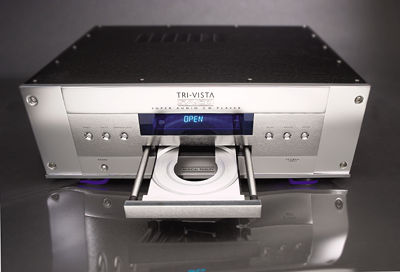
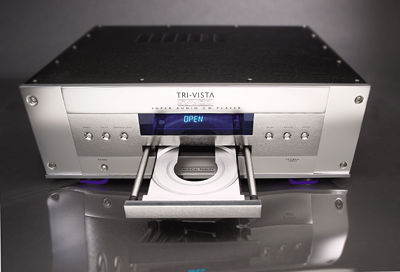
Starting with the June issue of <I>Stereophile</I>, Kal Rubinson will contribute a quarterly column on high-resolution multichannel audio. Have you converted your audio system to include surround channels?